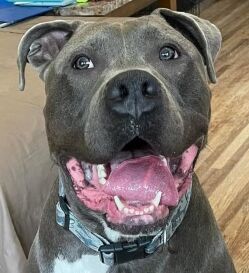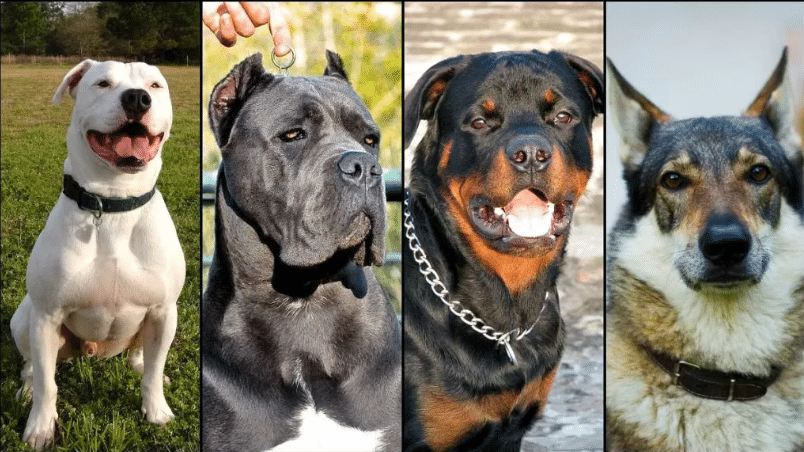Canine Parvovirus: Causes, Symptoms, and Treatment of Parvo


As a responsible new puppy owner, you need to stay vigilant about your puppy’s health. One such concern is a deadly virus known as Parvovirus, or Parvo as it’s commonly called. Parvo, a relatively common canine disease, can be a pet owner’s worst nightmare. It’s a highly contagious virus that wreaks havoc on a puppy’s immune system, often resulting in severe illness and possibly even death. It’s especially common in puppies who have not been vaccinated. While it’s a scary prospect, knowledge is your first line of defense. By understanding what Parvo is, its causes, symptoms, why it is particularly dangerous to puppies, and how it’s treated, you can better protect your new pup.
What is Parvo?
Canine parvovirus, known as Parvo, is a highly infectious virus that attacks the dog’s intestines, heart, and white blood cells. It was first identified in the late 1970s and rapidly spread worldwide, proving fatal for many dogs. Since then, despite numerous advancements in veterinary medicine, Parvo continues to be a significant health concern for dog owners and breeders.
The virus is highly resilient and can survive on various surfaces like clothing, food bowls, shoes, and hands for months, making it easy to spread. It can be caught by direct contact with an infected dog or by indirect contact with a contaminated environment. Unfortunately, all dogs are susceptible to Parvo, but unvaccinated dogs and puppies are at a higher risk.
Parvo is not a death sentence, but it is severe. With early detection and proper treatment, many dogs can recover and live a healthy life. However, the disease can be deadly, and puppies are particularly vulnerable due to their underdeveloped immune systems.
What Causes Parvo?
Parvo is caused by the canine parvovirus. This virus is highly contagious and spreads through direct contact with an infected dog or feces. An infected dog can shed the virus in feces for several weeks, contaminating the environment. Dogs can contract the virus by sniffing, licking, or consuming contaminated feces or by coming into contact with contaminated objects.
While Parvo can affect dogs of all ages, puppies between six weeks and six months old are most at risk. This is because they have not yet received all their vaccinations, and their immune systems are not fully developed. Puppies born to mothers who were not vaccinated are particularly vulnerable.
The Parvo virus is resilient and can survive in the environment for a long time. It resists most household cleaners, making it challenging to eradicate. This is why it’s crucial to vaccinate your dogs and keep them away from potentially contaminated areas.
Symptoms of Parvo
Parvo symptoms in puppies can vary, but they often appear suddenly and are severe. The most common symptoms include severe diarrhea (often bloody), vomiting, loss of appetite, lethargy, and fever. If your puppy exhibits any of these signs, it’s crucial to seek veterinary attention immediately.
Unfortunately, Parvo can progress rapidly, often within 48 to 72 hours. This means that a puppy that seems healthy one day can become extremely sick the next. This rapid progression is why it’s crucial to seek medical attention as soon as you notice any signs of illness in your puppy.
Untreated, Parvo can lead to severe dehydration, damage to the intestines and immune system, and eventually death. Early detection and treatment can significantly improve a puppy’s chances of survival.
Why are Puppies More Susceptible?
Puppies are more susceptible to Parvo for several reasons. First, their immune system is not fully developed, making it harder for them to fight off the virus. Secondly, they may not have received all their vaccinations yet, leaving them unprotected.
Another factor is that puppies are naturally curious and love to explore their environment, often using their mouths. This behavior increases their risk of coming into contact with the virus. Additionally, in multi-dog households or kennels, puppies are often at greater risk due to the close quarters and increased exposure to feces.
Lastly, some breeds, such as Rottweilers, Doberman Pinschers, and American Staffordshire Terriers, are more susceptible to Parvo. Although the reasons why are not entirely understood, it’s thought that these breeds may have a genetic predisposition to the disease.
Parvo Treatment and Prevention
Parvo is a serious illness, and there is no cure. Treatment focuses on supporting the dog’s body as it fights the virus. This usually involves hospitalization, intravenous fluids to combat dehydration, antibiotics to prevent secondary infections, and medications to control vomiting and diarrhea.
Early detection and prompt treatment are critical for a dog’s survival. The sooner a dog is diagnosed and begins treatment, the better the prognosis. However, even with treatment, not all dogs will survive. It’s a harsh reality, but it underscores the importance of prevention through vaccination and good hygiene practices.
Remember, Parvo is preventable. Vaccination is the most effective way to protect your dog from this deadly virus. Puppies should receive a series of vaccinations starting at six weeks of age, with boosters every three weeks until they are about four months old. After that, regular boosters will help maintain immunity.
As pet owners, our puppies’ health and wellbeing is in our hands. By understanding Parvo, its causes, symptoms, and treatment, we can protect our furry friends from this dangerous disease and ensure they live happy, healthy lives.






